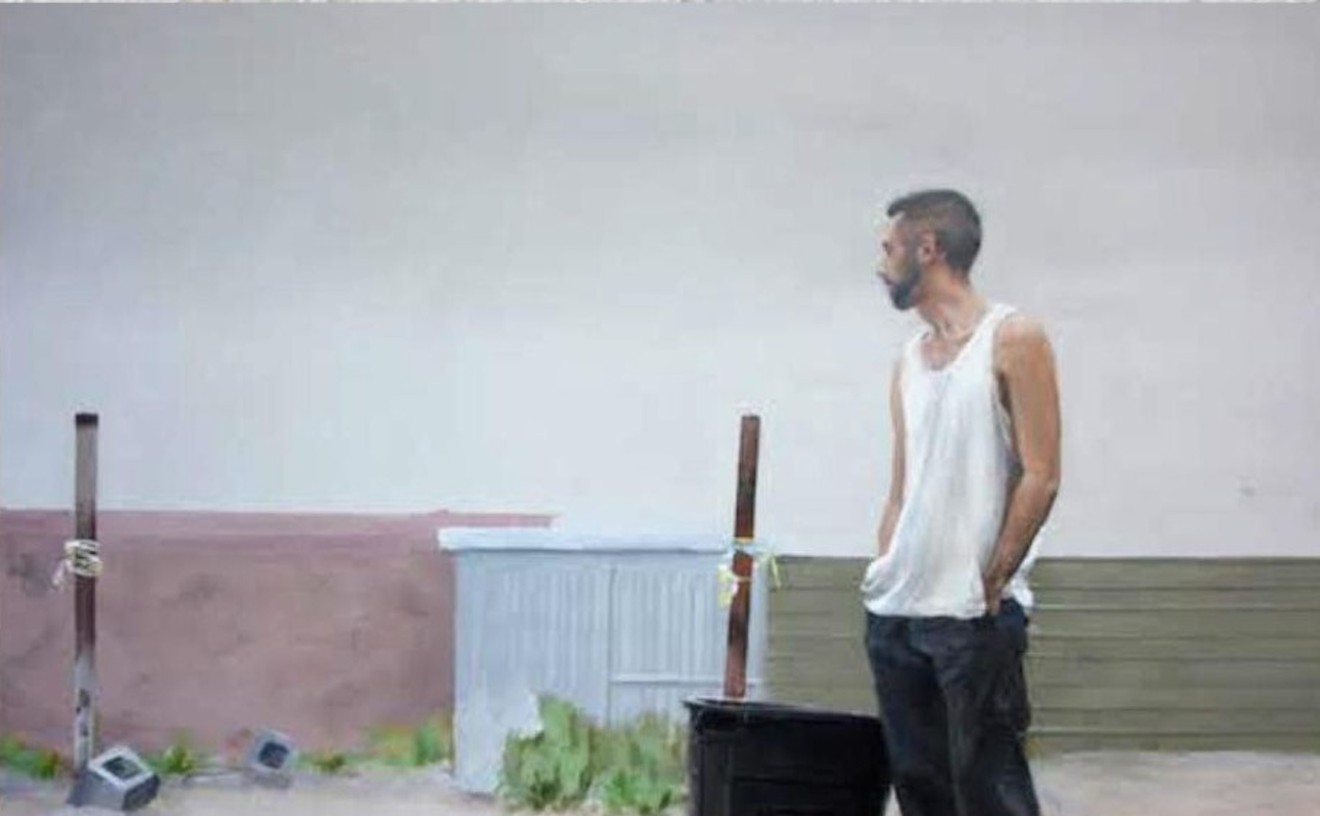It's as key to the classic Phoenix tableau as saguaros, ranch houses and retirees.
Swampers are about leaving the door open in July; they're about a puddle of water on the side of your house that nourishes a patch of rocket weed; they're about a rusty metal box the size of a club chair up on the roof. They're about Phoenix when it had more orange groves than golf courses.
Before we tell you how the swamper made Arizona's climate gentler, we must take a tangential trip to northern Africa. That's where 2,000 years ago those ingenious Egyptians, who managed to thrive in the desert long before swimming pools were invented, noticed that a hot breeze became cooler when it blew over a damp mat. They began hanging wet mats in doorways to cool their homes.
Arizona officially entered the swamp cooler history timeline a few millennia later. In the early 1930s, University of Arizona professors Martin and Paul Thornburg published plans for a homemade swamp cooler that could be made for $10 using an electric fan and a garden hose. Mimeographed copies spread all over the state, and DIYers began rigging swampers in the windows of their homes.
By 1939, Phoenix had become the swamp cooler capital of the world, with five companies manufacturing the machines and more than 10,000 swampers in use in Arizona. Companies in Dallas and Los Angeles began manufacturing swampers, too, and their use spread across the arid states of the West.
The swamp cooler was at its zenith by the early 1950s. Ninety percent of the homes in Arizona had swampers rattling and dripping and whirring on rooftops and in windowsills from Yuma to Holbrook.
Then, in 1951, air conditioning came onto the scene, and everything changed. Phoenix's population exploded, and gradually the swamp cooler went the way of the 10-minute commute and the two-digit power bill.
These days, 86 percent of the homes in metro Phoenix have air conditioning, according to Arizona Public Service. Just 7 percent have evaporative coolers, and 5 percent have both. The remaining 2 percent have (gulp) nothing except fans, presumably.
Evaporative cooler. That's the proper name for the swamper, and it's the one people like Herb Streich of Adobe Air, a Phoenix-based manufacturer of evaporative coolers, prefer you use. "Swamp cooler" conjures images of a rusting, rattling metal box dripping miasmic puddles of water beside a 1940s house. Today's evaporative coolers are smaller, quieter, drip-free, Streich says. Some aren't even up on the roof. There are "evaps" that sit on the ground where they can be hidden behind the paloverde tree, and slim-line evaps that hang on the side of a house and protrude a mere 10 inches.
"They're nothing like the old ones," Streich says. "They're more efficient at cooling. One will cool an entire house."
The suburban masses haven't rushed to embrace the new and improved swampers. But their numbers are increasing. In 2000, just 1 percent of the new homes built in the Southwest had evaporative coolers; by 2003 that number had risen to 3 percent, says Kimberly Warren of the Maryland-based National Association of Home Builders Research Center. There's no hard data on the number of evaporative coolers being installed in existing homes, what the industry calls a retrofit.
Talk to air-conditioning companies around town and they'll tell you swampers have a small, loyal following, mostly among longtime Phoenix residents in the city's older neighborhoods. "We replace a lot of old [evaps]," says John Weigand of Emmet Air in Phoenix. "It seems that people who grew up with them will do whatever it takes to keep the lifestyle and avoid that claustrophobic feeling [of refrigerated air]."
The lifestyle of which he speaks is being able to open your doors and windows while the swamper runs, letting liquid Southwestern light into your house without getting a heart-stopping bill from APS.
Swamp-cooler lovers have other reasons to stick with their evaps: They're cheaper to operate. According to APS, it costs the average Phoenix electric customer $213 a year to operate a swamp cooler vs. $400 to run an air conditioner. They're cheaper to install, too. And they don't spew ozone-eating refrigerants into the air.
What about the water evaps use? you ask. While the old ones burned through a wasteful 3,000 gallons a month, the new ones use as little as a gallon a day, Weigand answers.
Swampers aren't perfect. If you opt for one, you'll still need to install a furnace ($1,500 to $2,000) or a heat pump ($3,500 minimum) to warm your house in the winter. The need for a separate system erodes the evap's thriftiness, Weigand says. Since heat pumps will also power an air conditioner, most people opt for them over evaps.
But haven't all the pools and golf courses raised the Valley's humidity so much that swampers no longer work, you ask. Nope. That's pure urban legend. State climatologist Andrew Ellis says there's no clear evidence the "urban oasis" that has sprouted in the Valley in the last 50 years has changed the local weather.
But one fact remains. In August, when the monsoons come and the humidity tops 50 percent, swampers don't work so well. You can remedy this by spending another $1,100 on a two-stage evap, which essentially pushes hot air through not one but two evap coolers before it blows into your house.
Or you can save your money, accept the cycles of nature, and sweat a little. Remember sweat, the sensual, salty wet stuff that darkened Stanley Kowalski's tee shirt when he screamed "Steeeeeeeeeelllllllaaaaa!!!"? Your hair will get damp, your makeup will run off your face, and pantyhose and ties will be out of the question.
Put on some shorts and revel in it.










